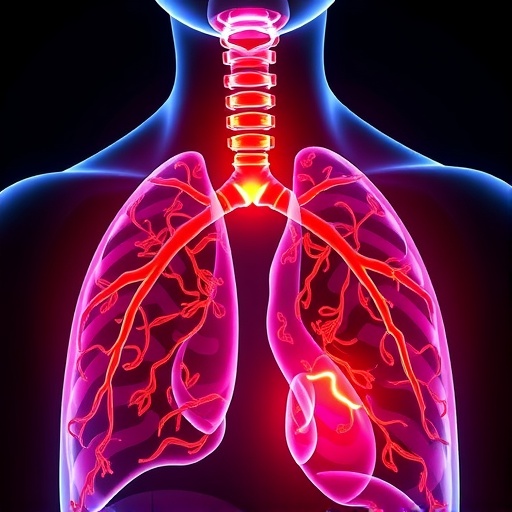Recon 2 forms a community-driven expansion of the earlier Recon 1 metabolic map emerging from a number of metabolic jams. The jams were held to focus attention on the project in order to refine the representation and bring together biochemical information from pre-existing models and literature. The result is a map with around double the number of reactions and nearly double the number of metabolites represented.
"Recon 2 allows biomedical researchers to study the human metabolic network with more precision than was ever previously possible," said bioengineer Bernhard Palsson of UC San Diego in a press release. "This is essential to understanding where and how specific metabolic pathways go off track to create disease."
Palsson likened the creation to Google's ability to bring complex datasets together in a single interactive map. Recon 2 also allows the user to zoom in on particular metabolic reactions or out for groups of processes.
"It's like having the coordinates of all the cars in town, but no street map. Without this tool, we don't know why people are moving the way they are," said Palsson.
In terms of practical applications, similar models have allowed biologists to increase efficiency of ethanol production and predict drug resistance in organisms like yeast and E.coli.
According to the team, one of the main applications for the reconstruction could be predicting how particular drugs affect metabolic pathways associated with cancerous tumour growth as well as conducting virtual experiments to come up with viable treatments.
But, despite being the most comprehensive mapping available currently, it's by no means a complete representation of human metabolism. Indeed, Recon 2 covers just under a tenth of the estimated 20,000 protein-coding genes in the human genome.
"Clearly, further community effort will be required to capture chemical interactions with and between the rest of the genome," added Thiele.




